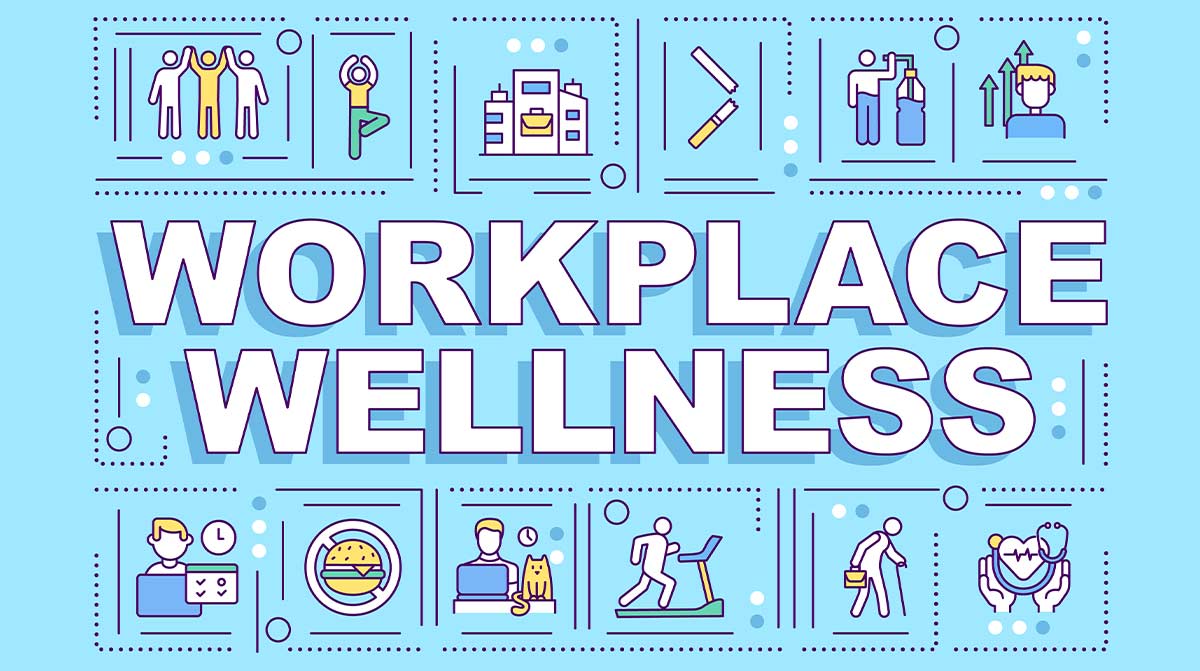Employee Well-being and Engagement for a Healthy Workplace
In our recent article How Employers Can Navigate The Quiet Quitting, Hiring, and Firing Trends, both quiet quitting and quiet hiring are strategies used by employers and employees alike to manage their careers. Recently the practice of leaving a job without announcing it publicly has become the practice of quiet quitting. On the other hand, when employers hire new employees without publicly announcing the news, this is what has become known to be quiet hiring.
But there really needs to be a greater focus on the underlying causes of quiet quitting and why creating a healthy workplace is imperative to the success of your employees. Jennifer Morehead, CEO of Flex HR, outlines nine tips to promote employee well-being and engagement for a healthy workplace for Mentors Collective.
Tips for a Healthy Workplace
1. A healthy workplace is one where employees feel comfortable expressing themselves and their ideas.
A healthy workplace is one that encourages employees to share their opinions and ideas. It should create an atmosphere of mutual respect, where everyone’s voice is heard, so everyone can contribute to the organization’s success. Such an environment fosters creativity and innovation, allowing the company to benefit fully from its resources. Additionally, it helps build trust among colleagues, leading to greater collaboration and better communication within the team.
2. Employees should feel like they are part of a team and that their individual contributions are valued.
Employees need to feel like an integral part of a team and that their individual contributions are valued. When they feel acknowledged, respected, and appreciated, they will be more motivated to do their best work and become invested in the company’s success. Recognition for excellent performance also builds morale and helps foster loyalty in the workplace. A healthy relationship between employer and employee contributes greatly to productivity, satisfaction, and innovation—all of which lead to a better work environment overall.
3. The workplace should be free from discrimination and harassment, and employees should feel respected by their colleagues.
The workplace should be a safe and accepting place, free from discrimination and harassment on any basis. Employees should feel respected by their colleagues regardless of gender, race, age, or sexual orientation. Respectful interactions build a strong team dynamic and create trust among employees so that they can work together without fear or judgment. Also, fostering an environment where everyone’s opinions are heard helps ensure that all voices are considered when making decisions. This kind of respectful environment is essential for every successful workplace.
4. Employees should have access to resources that help them stay healthy, such as on-site childcare, fitness facilities, and healthy food options.
Employees should have access to resources that help them stay healthy and balanced in their work. On-site childcare can allow parents to spend more time at work without feeling stressed or guilty. Fitness centers and walking paths can encourage physical activity, while healthy food options can provide nourishing choices that fuel productivity throughout the day. With these kinds of wellness initiatives, employers can show that they care about their employees’ well-being, which will lead to a happier and more focused workforce.
5. The workplace should offer opportunities for professional development and growth.
The workplace should offer employees opportunities to grow and develop their skills. Professional development initiatives such as training sessions, workshops, seminars, and learning programs can help employees upgrade their knowledge and stay up-to-date with new industry trends. It also gives them the opportunity to expand on current talents or acquire new ones. These activities create a culture of continuous learning that encourages employees to strive for professional and personal growth. Investing in employee development helps create a motivated workforce that feels valued and ready to take on any challenge the job throws at them.
6. The workplace should be safe, clean, and well-organized.
The workplace should be safe and comfortable for employees, with clean and well-organized facilities. Proper ergonomic setups such as adjustable chairs, adequate lighting, and appropriate computer screens can help prevent fatigue and health issues. Employees should also have access to a quiet space for breaks during their shifts. Healthy snacks that are available throughout the day can provide nutritional energy boosts to keep the team going. A clear system of organizing documents, mail, and other items will make the workspace easier to navigate, creating a sense of order in the workday.
7. Employees should be able to take breaks when needed, and there should be policies in place to prevent burnout.
Employees should be able to take regular breaks during their shifts, including sufficient time for rest and lunch. This will ensure that people are well-rested and alert throughout the day, promoting better productivity and morale. Having clear policies in place which prevent burnout is also essential. These can include limiting the number of hours worked per week or encouraging employees to take vacation days when needed. It’s important to create a healthy work environment where everyone feels valued and supported so they remain motivated to do their best while avoiding burnout.
8. The workplace should support employees’ personal lives and provide flexible work arrangements when possible.
The workplace should be supportive of employees’ personal lives, understanding that people have commitments outside of work that need to be addressed. Whenever possible, employers should offer flexible work arrangements such as remote working or variable hours so employees can attend to any personal issues which might arise. Supporting employees in this way will make them feel valued and appreciated, allowing them to thrive at work and perform better. Regular check-ins with team members can help ensure they are supported and, if needed, find solutions for any problems they face. Flexible work arrangements should be outlined in the employee handbook.
9. The workplace should encourage open communication and feedback between employees and management.
The workplace should be a place of open communication and feedback between employees and management. Employees should feel comfortable expressing their ideas and opinions to their managers, knowing that they will be positively received and appreciated. This kind of open dialogue creates an environment of trust and understanding, motivating employees to do their best work. Managers should also make sure to provide regular feedback, so employees know when they are doing well or need improvement. By fostering an atmosphere of mutual respect, everyone in the workplace can benefit from open communication.



